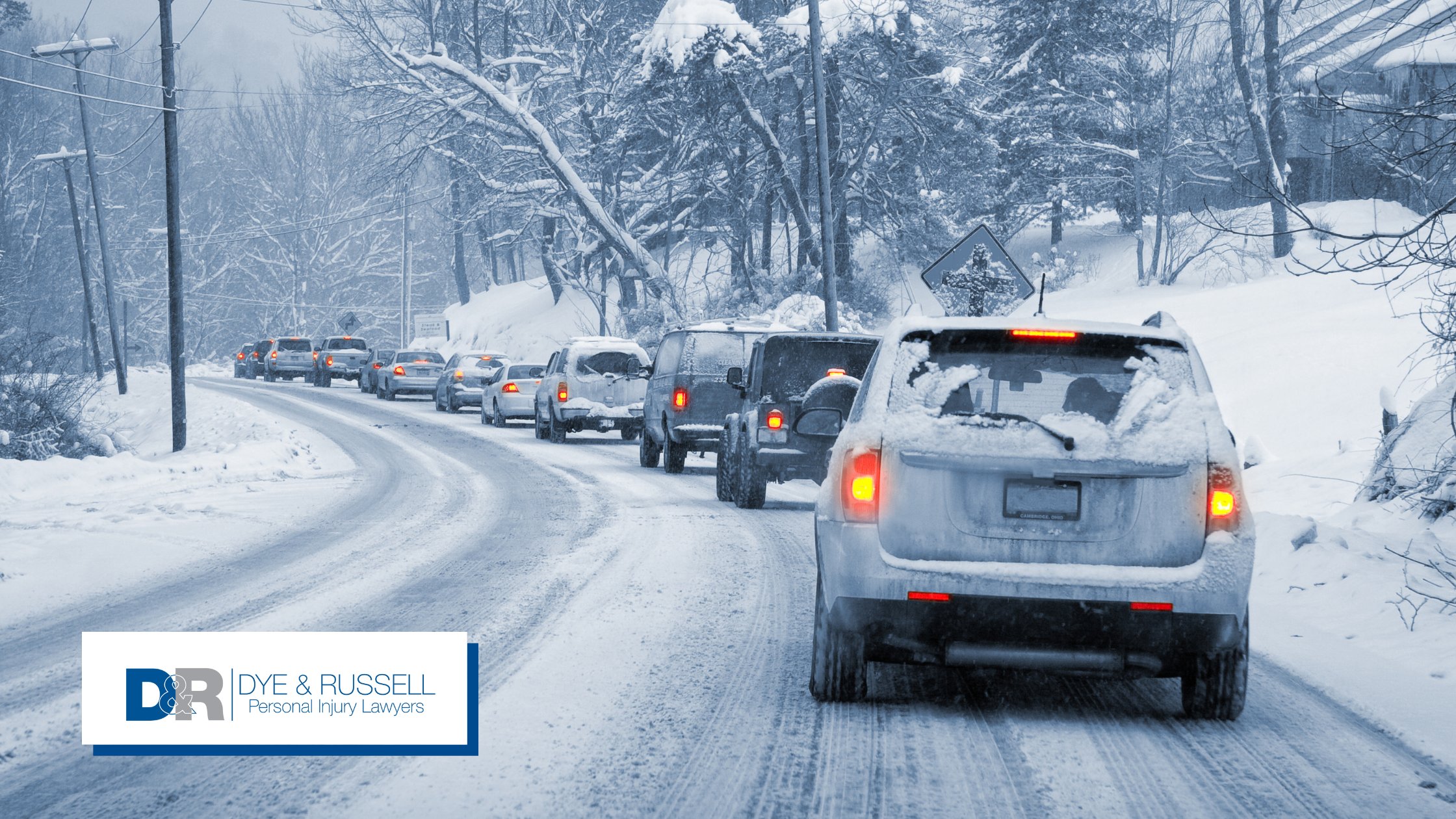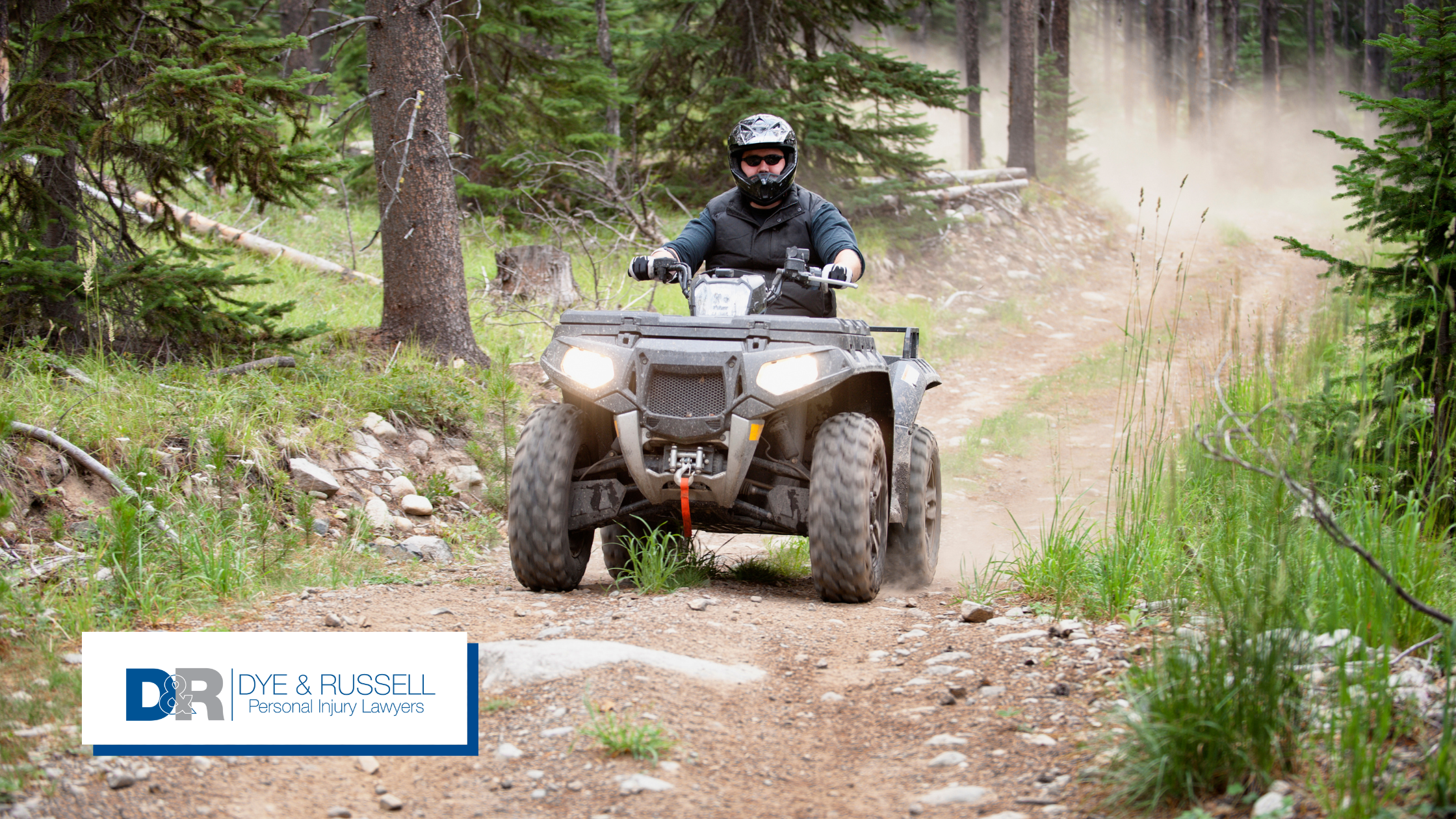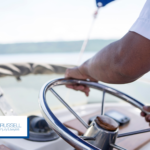Chronic pain and fatigue can severely compromise an individual’s access to a high quality of life. While many visible injuries are treated with sympathy and excellent medical care, the invisible symptoms of chronic pain, along with frequent obstacles to conclusive diagnoses, unfortunately, mean that many of its victims suffer in silence. At Dye & Russell Injury Lawyers, we believe that no one should have to endure this struggle alone. Our mission is to ensure that every person suffering from chronic pain or fatigue has access to the full spectrum of care and support they need to reclaim their lives.
The Invisible Struggle of Chronic Pain
Unlike physical injuries that are immediately apparent, chronic pain is a complex and often misunderstood condition. It can persist for months or even years, significantly impairing daily activities and diminishing overall well-being. The challenges of living with chronic pain are exacerbated by the fact that it is often difficult to diagnose. As a result, those affected may feel isolated, misunderstood, or dismissed by healthcare providers, employers, and even loved ones.
At Dye & Russell, we understand that chronic pain is real, and it can be as debilitating as any visible injury. We are committed to helping you navigate the complexities of this condition, ensuring that your voice is heard and your pain is acknowledged.
Seeking the Support You Deserve
When chronic pain and fatigue prevent you from working or enjoying life as you once did, it is crucial to seek the support of experienced personal injury lawyers. Securing compensation for invisible injuries can be challenging, as insurance companies and opposing parties may question the validity or extent of your pain. However, with decades of experience, Dye & Russell Injury Lawyers are equipped to advocate on your behalf. We work tirelessly to ensure that you receive the compensation and resources you deserve.
Empowering You to Reclaim Your Life
Living with chronic pain can be an overwhelming and isolating experience, but you don’t have to face it alone. At Dye & Russell Injury Lawyers, we are dedicated to empowering you with the resources and support needed to regain control of your life. Whether you require medical care, compensation, or rehabilitative services, our team is here to guide you every step of the way.
If you or a loved one is suffering from chronic pain or fatigue, don’t wait to seek help. Contact Dye & Russell Injury Lawyers today to learn how we can assist you in getting the compensation and care you deserve.
Chronic pain may be invisible, but its impact on your life is undeniable. At Dye & Russell, we believe in standing up for those whose pain is not always seen but is deeply felt. Let us help you find the path to healing and a better quality of life.















